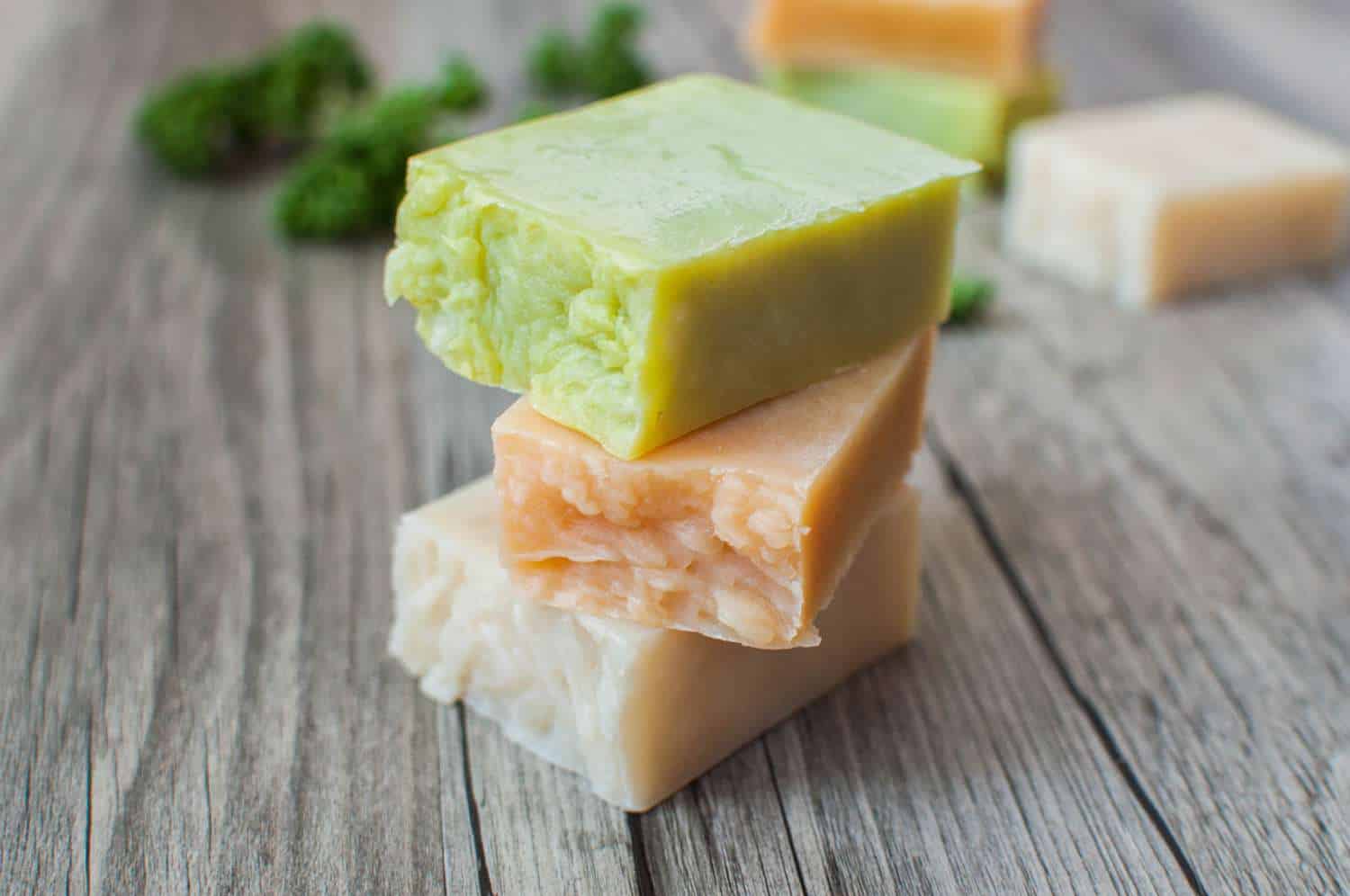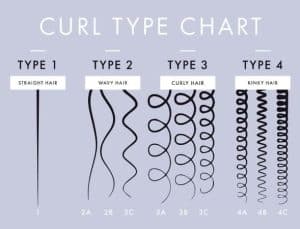Table of Contents
In the quest for luscious locks and a sustainable lifestyle, the choice between traditional bottled shampoo and conditioner versus shampoo and conditioning bars has become a hot topic. Both have their unique benefits and potential drawbacks, making it essential to understand what each offers before deciding on the best option for you. Let’s delve into the pros and cons of these two haircare methods to help you make an informed choice.
Traditional Bottled Shampoo and Conditioner

The Pros:
- Ease of Use: Bottled shampoo and conditioner are straightforward to apply. Simply squeeze out the desired amount, lather, rinse, and repeat.
- Variety and Customization: The market is flooded with a myriad of options tailored for different hair types and concerns, such as dandruff, color-treated hair, or damaged hair.
- Consistency and Quality: These products often have consistent formulations, ensuring you get the same quality every time you purchase.
- Advanced Formulations: Many traditional shampoos and conditioners include advanced ingredients like keratin, biotin, or silicone that provide specific benefits such as strengthening, smoothing, or volumizing.
The Cons:
- Environmental Impact: Plastic bottles contribute significantly to environmental pollution. Even with recycling efforts, a large portion of these bottles end up in landfills or oceans.
- Chemical Ingredients: Some bottled products contain sulfates, parabens, and other chemicals that might not be gentle on all hair types or the environment.
- Storage and Portability: Bottles can be bulky and prone to leaks, making them less convenient for travel.
Shampoo & Conditioning Bars

The Pros:
- Eco-Friendly: Shampoo and conditioning bars often come with minimal or no packaging, significantly reducing plastic waste. They are a sustainable choice for eco-conscious consumers.
- Long-Lasting: A single bar can last as long as two to three bottles of liquid shampoo, making it a cost-effective option in the long run.
- Travel-Friendly: Compact and solid, bars are easy to carry, won’t leak, and comply with airline liquid restrictions.
- Natural Ingredients: Many bars are made with natural, organic ingredients, free from harsh chemicals, making them gentler on the hair and scalp.
The Cons:
- Learning Curve: Using bars can take some getting used to. Proper lathering techniques and storage to avoid sogginess are crucial for longevity and effectiveness.
- Limited Options: Although the variety is growing, bars currently offer fewer specialized formulas compared to bottled products.
- Hard Water Compatibility: Bars might not work as well in areas with hard water, potentially leaving a residue on the hair.
Making the Choice
When choosing between traditional bottled shampoo and conditioner versus shampoo and conditioning bars, consider the following factors:
- Hair Type and Needs: If you have specific hair concerns, such as severe dandruff or color-treated hair, you might find more suitable options in bottled products.
- Environmental Impact: For those prioritizing sustainability, bars are an excellent way to reduce plastic use and support eco-friendly practices.
- Lifestyle: Frequent travelers or those with limited shower storage may find bars more convenient.
- Personal Values: If supporting natural and organic products aligns with your values, bars are often the better choice.
Conclusion
Both traditional bottled shampoos and conditioners and shampoo and conditioning bars have their places in modern haircare routines. The key is to weigh the benefits and drawbacks of each against your personal needs and values. Whether you opt for the familiarity of bottled products or the sustainability of bars, the most important thing is to find what works best for your hair and lifestyle.
So, are you ready to make the switch to shampoo bars, or will you stick with your trusty bottles? Whichever path you choose, here’s to happy, healthy hair days ahead!


